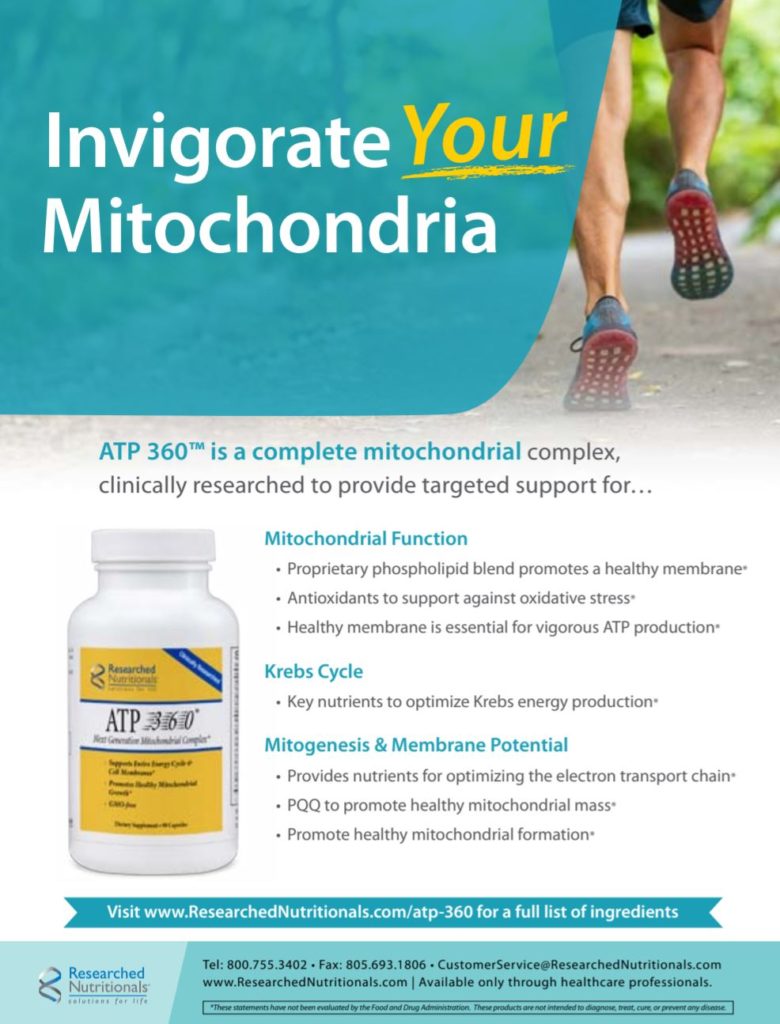By Fred Pescatore, MD
Abstract
Natto, soybeans fermented with natto bacteria, is a specific fermented food that has been regularly consumed in Japan for many years. The health-supportive effects of natto has attracted growing attention in recent years. In order to evaluate the effect of Plasmanex1, a functional food derived from Bacillus subtilis var. natto, on metabolic disorders, Plasmanex1 capsules were administered to 13 subjects with metabolic disorders at one capsule twice/day (Bacillopeptidase F Proprietary Blend (BFPB) 250 mg/day) for 12 weeks. The results of this study showed that total cholesterol, LDL cholesterol, and triglycerides were significantly reduced, and significant decreases in fibrinogen were observed. These results suggest that this product may possess lipid-metabolism improvement and blood-flow-viscosity reduction activities. Additionally, significant decreases were also observed in HgbA1c, hs-CRP, and body weight, suggesting that it has anti-diabetic, anti-inflammatory, and body-weight reduction potentials.
Introduction
Metabolic syndrome, variously known also as syndrome X, insulin resistance, etc., is defined by WHO as a pathologic condition characterized by abdominal obesity, insulin resistance, hypertension, and hyperlipidemia. With the successful conquest of communicable infectious diseases in most of the world, this new non-communicable disease (NCD) has become the major health hazard of modern living. Though it started in the West, with the spread of the Western lifestyle across the globe, it has become a global problem.
The two basic forces spreading this malady are the increase in consumption of high-calorie, low-fiber fast food and the decrease in physical activity and increase in more sedentary forms of leisure time activities.
The syndrome feeds into the spread of diseases like type 2 diabetes, coronary diseases, stroke, and other disabilities. The total cost, including the cost of health care and loss of potential economic activity, is in the trillions. The present trend is not sustainable unless a magic cure is found (unlikely) or concerted global/governmental/societal efforts are made to change the lifestyle that is promoting it. Revitalizing old fashioned healthier lifestyle, promoting old-fashioned foods using healthy herbs rather than oil and sugar, and educating people about choosing healthy/wholesome food over junk are among the steps that can be considered.
Metabolic syndrome is defined as the presence of any three or more of the following:
- Blood glucose greater than 5.6 mmol/L (100 mg/dl) or drug treatment for elevated blood glucose
- HDL cholesterol <1.0 mmol/L (40 mg/dl) in men, <1.3 mmol/L (50 mg/dl) in women or drug treatment for low HDL-C
- Blood triglycerides >1.7 mmol/L (150 mg/dl) or drug treatment for elevated triglycerides
- Waist >102 cm (40 inches) (men) or >88 cm (34.5 inches) (women)
- Blood pressure >130/85 mmHg or drug treatment for hypertension
The global prevalence of metabolic syndrome is estimated to be about one quarter of the world population–so over 1 billion people are now affected with metabolic syndrome.
Natto, soybeans fermented with Bacillus subtilis var. natto, is a traditional Japanese fermented food. Natto contains a wide variety of peptides, amino acids, and vitamins. Because of these properties, natto has attracted much attention in the nutraceutical field. A recent cohort study in Japan on the effect of fermented soybean food on mortality reported a direct correlation between the greater consumption of fermented soybean food (natto) and lower mortality rate.1 This effect was not observed in non-fermented soybean foods. Examples of fermented soybean foods eaten in Japan include natto and miso, and both are attracting greater attention as functional foods.
Plasmanex1 is a functional food containing bacillopeptidase F (BFPB), which is a serine protease produced by Bacillus subtilis var. natto. BFPB is reported to possess anticoagulant, blood-viscosity reduction, and thrombolytic activities.2,3 This substance is also shown to lower blood pressure and to improve shoulder stiffness, low back pain, and coldness in extremities, in a study on patients with lifestyle diseases.4, 5 Additionally, a clinical study on healthy subjects, with no underlying pre-existing health conditions demonstrated that BFPB improved headache, reduced muscle stiffness, and increased skin surface temperature, demonstrating that this substance possesses blood flow-improving capability.6 In this study, we examined total cholesterol, HDL cholesterol, LDL cholesterol, triglyceride, ESR, fibrinogen, HgbA1c, high sensitivity CRP (hs-CRP), and body weight, in order to evaluate the effect of Plasmanex1 on patients with metabolic syndrome.
Methods
Test design was an open study on 13 subjects with metabolic disorders (5 males, 8 females, age range 19 to 78 years, average age 47.7). Plasmanex 1 was administered at 1 capsule twice per day (BFPB 250 mg/day) for 12 weeks. Total cholesterol, HDL cholesterol, LDL cholesterol, triglyceride, fibrinogen, HgbA1c, hs-CRP, and body weight were measured at baseline and at the end of the study period. All patients were given adequate information about the trial and the study product to allow them to provide informed consent prior to the study. The acquired data was statistically processed by t-test, which was applicable, and p-value was regarded as significant at < 0.05.
…Article continues on next page…






